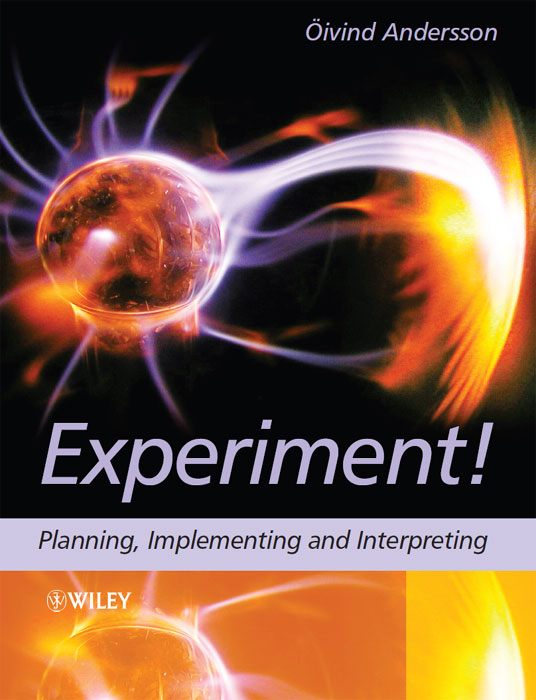
Contents
Part One: Understanding the World
Chapter 1: You, the Discoverer
1.1 Venturing into the Unknown
2.1 Characteristics of the Scientific Approach
2.3 The Hypothetico-Deductive Method
2.4 Consequences of Falsification
Chapter 3: Science's Childhood
3.5 The Children of the Revolution
Chapter 4: Science Inclined to Experiment
4.1 Galileo's Important Experiment
4.3 Reconstructing the Experiment
4.4 Getting the Swing of Things
4.5 The Message from the Plane
Chapter 5: Scientists, Engineers and Other Poets
5.2 Characteristics of Research
5.4 The Relationship between Theory and Reality
Part Two: Interfering with theWorld
6.2 Questions, Answers and Experiments
6.4 Reflections on the Exhibition
7.1 The Role of Statistics in Data Analysis
Chapter 8: Statistics for Experiments
8.2 The Importance of Randomization
8.3 One-Sided and Two-Sided Tests
8.7 Analysis of Variance (ANOVA)
8.8 A Measurement System Analysis
8.9 Other Useful Hypothesis Tests
Chapter 9: Experimental Design
9.1 Statistics and the Scientific Method
9.2 Designs with One Categorical Factor
9.3 Several Categorical Factors: the Full Factorial Design
9.4 Are Interactions Important?
9.5 Factor Screening: Fractional Factorial Designs
9.6 Determining the Confounding Pattern
9.8 Working with Screening Designs
9.9 Continuous Factors: Regression and Response Surface Methods
10.1 The Three Phases of Research
10.2 Experiment 1: Visual Orientation in a Beetle
10.3 Experiment 2: Lift-Off Length in a Diesel Engine
10.4 Finding Out What is Not Known
10.6 Tools for Generating Hypotheses
Chapter 11: Phase II: Data Collection
11.1 Generating Understanding from Data
11.3 Developing a Measurement System
11.4 Measurement System Analysis
Chapter 12: Phase III: Analysis and Synthesis
12.1 Turning Data into Information
12.4 Writing a Scientific Paper
